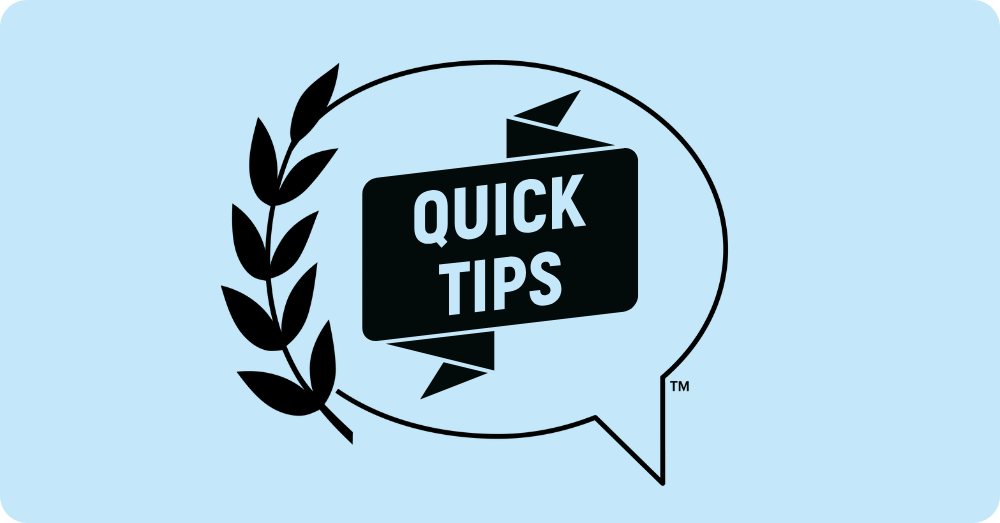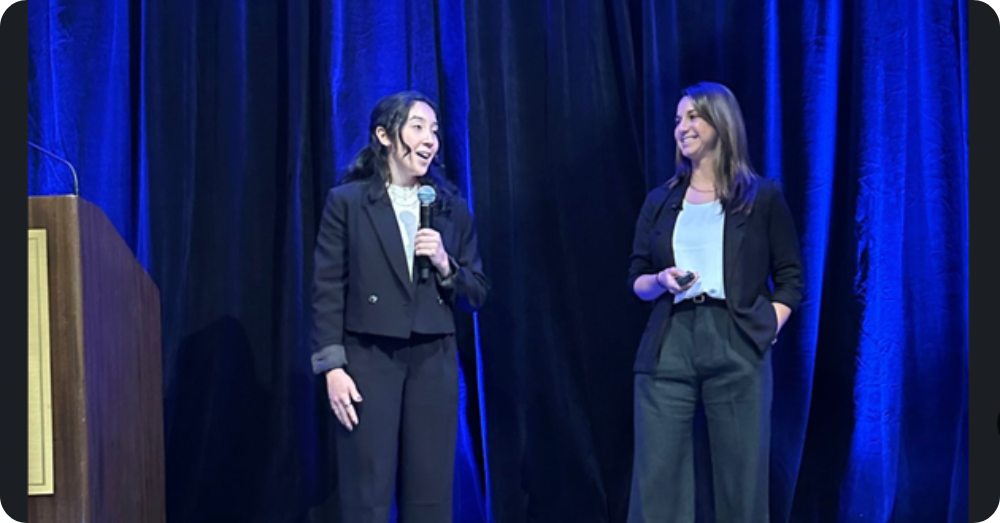Most companies have several people who can do a decent, or even excellent, job of delivering your overview presentation. You might have a charismatic CEO who loves to talk, or an all-star CTO who grew up speaking JavaScript as a first language. Your head of sales might practice her pitch in front of a mirror 20 times a day, and your head of marketing might have agonized over every single word of the company’s positioning. You have a briefing with an industry analyst next week, and they’re all free. Who do you tap to lead the charge?
The short answer is “whoever knows the most about the topic.” An analyst isn’t a reporter looking for the right title to put beside a quote. Analysts trade in information, and efficient delivery of your story is the only thing that matters. All of your efforts are ultimately meaningless if the analyst is left with questions because the spokesperson isn’t steeped in the question at hand.
Knowing the topic can be a multifaceted challenge, however, and there are options available to leave the analyst impressed even when the situation gets complicated. Here are the top four things to consider in choosing your spokespeople for an analyst briefing:
- Subject matter. If it’s a briefing on the company’s vision, it’s hard to replace the CEO. If it’s about a product launch, that might be the CTO or head of marketing, depending on if the product is a technical leap or a repackaging to reach a new market. If there’s a demo, you have to have someone who knows the product inside and out.
- Analyst background. Nearly every analyst on the planet makes their bio available somewhere. If you can match their credentials and background to that of an executive without sacrificing subject matter expertise, do so. There are languages for marketing, sales, engineering, entrepreneurship, etc., and an analyst from one of those backgrounds may be more engaged by someone who knows the “mother tongue.”
- Continuity. This is often put first among criteria by default. Who usually does your analyst briefings? Who has spoken with this analyst before? It’s valuable to build on existing relationships, but not at the cost of the first two criteria.
- Seniority. All things being equal, rank matters. It doesn’t matter so much that the CEO should be tapped automatically for a standard update briefing, but keep in mind when you speak with analysts, you are talking to someone whose time is precious. Send in someone who can speak for the company with authority.
There are situations where you get to the bottom of this list and there are more questions than answers. In most cases, this can be addressed by pairing two people with complementary tool sets. If a senior technical person isn’t available, but you have your ace marketing lead to deliver the broad strokes, anyone who knows the product well can jump in for the demo. If your CEO is eager for face time with a particularly important analyst, but can’t match the analyst’s technical chops, pair him with the CTO. In a half hour or hour-long briefing, including more than two spokespeople pushes the limits of feasibility, but if the team works together well, I’ve seen three-spokesperson calls go just fine.
The most important thing to consider, again, is the impact on the analyst. Letting inertia or rank dictate who delivers the message is shortchanging the analysts, their clients and, ultimately, your company.
Looking for more tips to improve your briefings? Check out our “Analyst Briefings 101” guide.
Got a face-to-face briefing coming up with multiple attendees from your business? Assign them formal roles & responsibilities — learn more.




